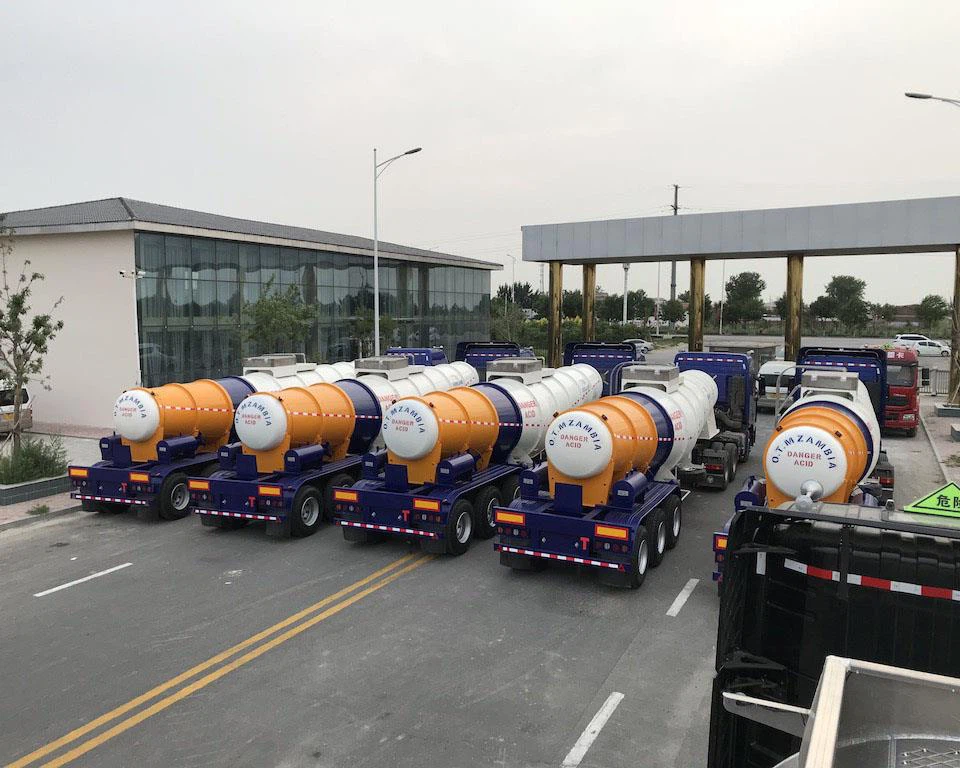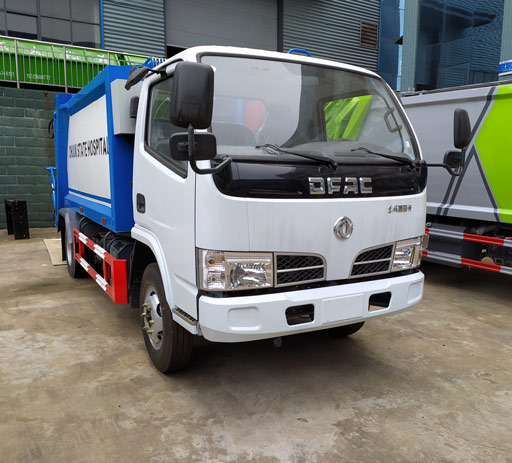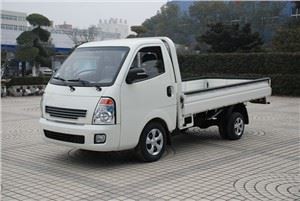Understanding the Role of Fire Truck Water Trucks in Modern Firefighting

In the world of firefighting, the necessity for efficient water supply is paramount. One of the key vehicles that aid in this mission is the fire truck water truck. This article delves into the intricacies of fire truck water trucks, exploring their importance, types, features, operational guidelines, and more. With real-world examples and practical insights, you will gain a comprehensive understanding of this essential firefighting apparatus.
The Importance of Water in Firefighting
Water is the primary extinguishing agent used in firefighting, making its availability crucial. Understanding the role of water in controlling fire outbreaks enables firefighters to strategize more effectively. Here are some important points:

Why Water is Essential
- Cooling Effect: Water cools the flames, which is vital in preventing re-ignition.
- Smothering Flames: Water displaces oxygen, inhibiting combustion.
- Versatility: It can be used in various forms, such as sprays or jets, depending on the fire’s nature.
What is a Fire Truck Water Truck?
A fire truck water truck, often referred to simply as a water truck, is a specialized vehicle designed to transport water to firefighting sites. These trucks are equipped with tanks and pumps to effectively deliver water where it is most needed.
Core Functions
- Transporting water from hydrants, tanks, or natural sources to the fire site.
- Supplementing firefighting efforts when on-site water sources are scarce.
- Providing water for various firefighting techniques, including aerial and ground attack methods.
Key Components of Fire Truck Water Trucks
Fire truck water trucks come equipped with several essential components:
- Water Tank: Typically made from steel or polyethylene, these tanks can hold thousands of gallons of water.
- Pump System: Designed for quick and efficient water flow, often with a high-pressure output.
- Delivery Hoses: Various diameter hoses for connecting to other firefighting equipment or for direct application.
Types of Fire Truck Water Trucks
Fire truck water trucks come in various designs to meet specific requirements. Here are some commonly used types:

1. Tankers
Tankers are large water truck vehicles equipped with a dedicated water tank and pump. Designed for remote areas, they can transport large amounts of water.
2. Tenders
Tenders serve a similar purpose to tankers but are generally smaller and more maneuverable, making them suitable for urban environments.
3. Brush Trucks
Brush trucks are specialized fire trucks equipped with water tanks and pumps, designed specifically for fighting wildfires and grassfires.
Features of Modern Fire Truck Water Trucks
New technologies and features have enhanced the effectiveness of fire truck water trucks. Some noteworthy features include:
Pump and Roll Capability
This feature allows the truck to pump water while in motion, providing better coverage and quicker response times, especially in wildland firefighting.
Advanced Tank Designs
Modern tanks are designed for stability and efficient water distribution, reducing the risk of spills or sloshing during transport.
GPS and Mapping Technology
Equipped with GPS, fire truck water trucks can navigate to fire sites more efficiently, reducing response times significantly.

Operational Guidelines for Fire Truck Water Trucks
Effective operation of fire truck water trucks involves several guidelines to ensure safety and efficiency during firefighting operations.
Best Practices
- Conduct Pre-Operation Checks: Inspect pumps, hoses, and water levels before deployment.
- Maintain Communication: Ensure continuous communication with the firefighting command center.
- Be Mindful of Terrain: Understand the geographic area and adjust driving techniques accordingly to navigate safely.
Strategies for Effective Water Delivery
To enhance the effectiveness of water delivery, firefighters should consider the following:
- Use High-Pressure Streams: Utilize pumps that can maintain high pressure for reaching greater distances.
- Establish a Relay System: Coordinate multiple trucks for efficient loading and delivery, maximizing water usage.
Real-World Examples of Fire Truck Water Truck Usage
Fire truck water trucks have proven to be invaluable in countless firefighting operations. Here are some notable examples:
California Wildfires
During California’s notorious wildfire seasons, water trucks play a crucial role in supplying water to fire lines remote from hydrants. Tankers are often deployed to deliver neutralizing water to areas with intense flames.
Urban Firefighting Scenarios
In densely populated urban areas, tenders help by transporting water quickly, particularly during infrastructure fires where hydrants may be inadequate or malfunctioning. Their mobility enables them to navigate through tight urban spaces.
Maintenance and Safety Considerations
Ensuring the longevity and operational readiness of fire truck water trucks is critical. Regular maintenance and safety checks facilitate uninterrupted service during emergencies.
Essential Maintenance Tips
- Inspect pumps and hoses quarterly to prevent leaks or failures.
- Regularly clean tanks to avoid contamination.
- Keep a detailed maintenance log for tracking repairs and replacements.
Safety Protocols for Firefighters
The safety of firefighters is paramount during operations. Some essential safety protocols include:
- Use Personal Protective Equipment (PPE) before approaching fire scenes.
- Follow guidelines for water usage in specific situations to prevent equipment damage.
Future Trends in Fire Truck Water Technology
The firefighting industry is evolving with technological advancements that enhance water truck capabilities. Here are some trends to look out for:
Drone-Assisted Water Delivery
Drones are increasingly being used to map fire locations and assess water drops more accurately from the air, allowing for immediate deployment of water trucks.
Sustainable Water Sourcing
Innovations in water filtration systems mean that fire trucks may one day be able to use reclaimed water, conserving precious drinking water resources during firefighting efforts.
Smart Systems Integration
The future of fire truck water trucks may see integrated smart technologies for real-time monitoring of water levels, pump efficiency, and route optimization.
FAQs about Fire Truck Water Trucks
1. How much water can a fire truck water truck hold?
Depending on the type and size, fire truck water trucks can hold between 1,000 to over 5,000 gallons of water.
2. Can fire truck water trucks operate in remote areas?
Yes, larger tankers are specifically designed to operate in remote areas, bringing water where there are no hydrants available.
3. What is the typical range of a fire truck water pump?
Most fire truck water pumps can deliver water at distances of 200-300 feet, depending on pressure and hose diameter.
4. How does water quality affect firefighting?
Clean water is crucial as contaminants can affect firefighting effectiveness and potentially damage equipment.
5. Are there different types of hoses used with fire truck water trucks?
Yes, hoses come in various sizes and materials, ideal for different firefighting strategies and water delivery methods.
6. How can municipalities improve their fire truck water supply?
By investing in more efficient fleet vehicles, enhancing hydrant systems, and adopting smart technologies for navigation and monitoring.
